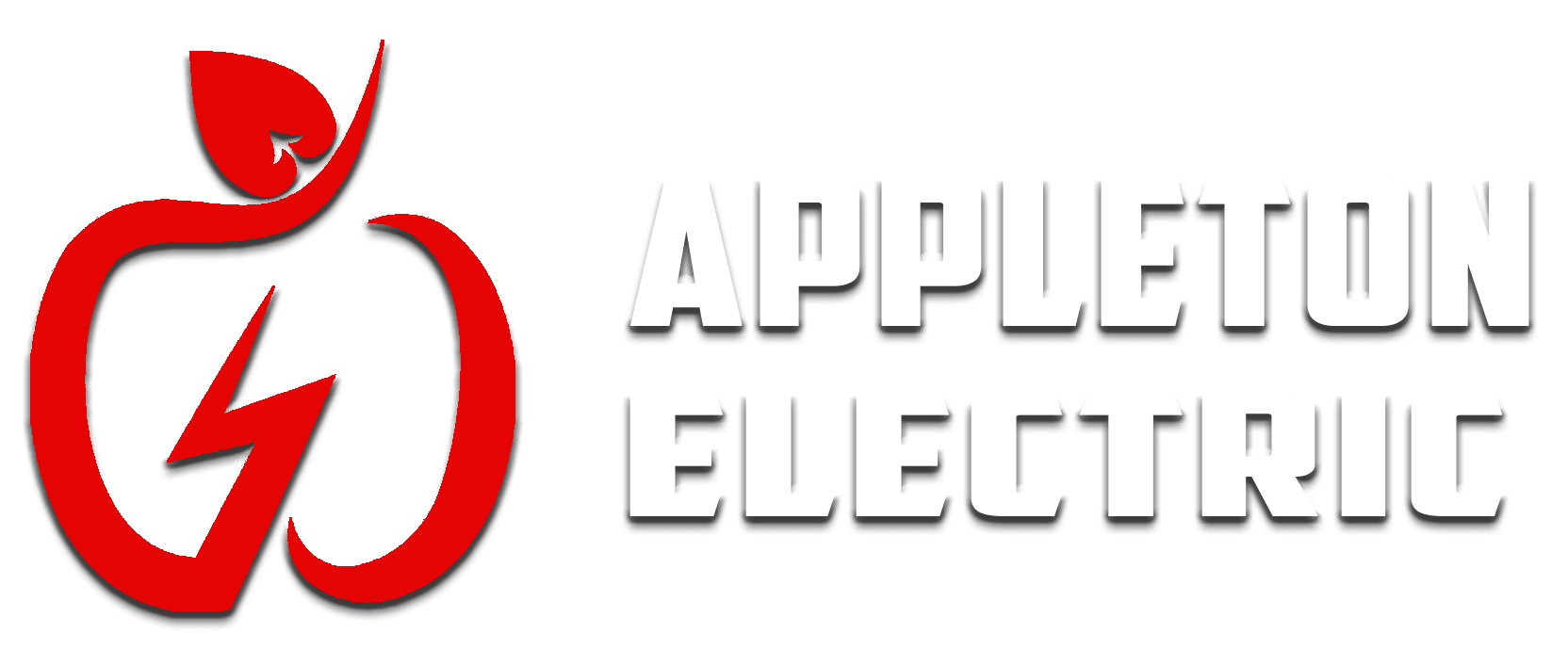If you’ve been researching solar energy for your home or business, you may have come across something called the 33% rule in solar panels. It’s a concept that often confuses homeowners, but it plays an important role in understanding how solar energy systems are designed and how much power they can actually generate. In this post, we’ll break down what the 33% rule means, why it matters, and how it affects solar installation and performance—especially if you’re considering solar services in Simi Valley, CA.


Understanding the 33% Rule in Solar Panels
The 33% rule in solar panels generally refers to the efficiency ratio between solar potential and actual energy production. In simple terms, it means that only about one-third of the sunlight that hits your solar panels is converted into usable electricity. Solar energy systems are not 100% efficient because of several natural and technical factors such as:- Angle of sunlight: The position of your roof and the angle of the sun can reduce energy absorption.
- Temperature: High heat can slightly reduce solar efficiency, especially in sunny regions like Simi Valley.
- Dust, debris, and shading: Even small amounts of shade or dirt can cut panel output significantly.
- System losses: Energy can be lost during conversion from DC (direct current) to AC (alternating current).
Why the 33% Rule Matters for Homeowners
Understanding this rule helps homeowners plan smarter and avoid unrealistic assumptions about their system’s performance. Here’s why it matters:- Accurate energy estimates: When designing your solar system, installers calculate energy production using real-world efficiency expectations—not perfect conditions.
- Better financial planning: Knowing what to expect helps estimate savings, ROI, and payback periods more accurately.
- System optimization: By following efficiency principles, you can work with your installer to minimize shading and increase overall output.
How Appleton Electric & Solar Applies the 33% Rule
At Appleton Electric & Solar, we take the 33% rule into account when designing each solar system. Our team analyzes your property’s unique conditions—roof angle, shade patterns, and energy use—to ensure optimal system placement and output. We also consider additional factors that can enhance your solar system’s performance, such as:- High-efficiency panels with better light absorption
- Proper inverter sizing for smooth energy conversion
- Regular maintenance to remove dust or debris
- Energy monitoring systems to track daily production
How to Improve Your Solar Efficiency
If you already have solar panels or are planning to install one, here are a few practical steps to boost your system’s performance:- Keep panels clean and free from obstructions.
- Schedule routine inspections to identify and fix small issues early.
- Use energy-efficient appliances to maximize the benefits of your solar energy.
- Consider battery storage to make use of excess energy during peak hours.
